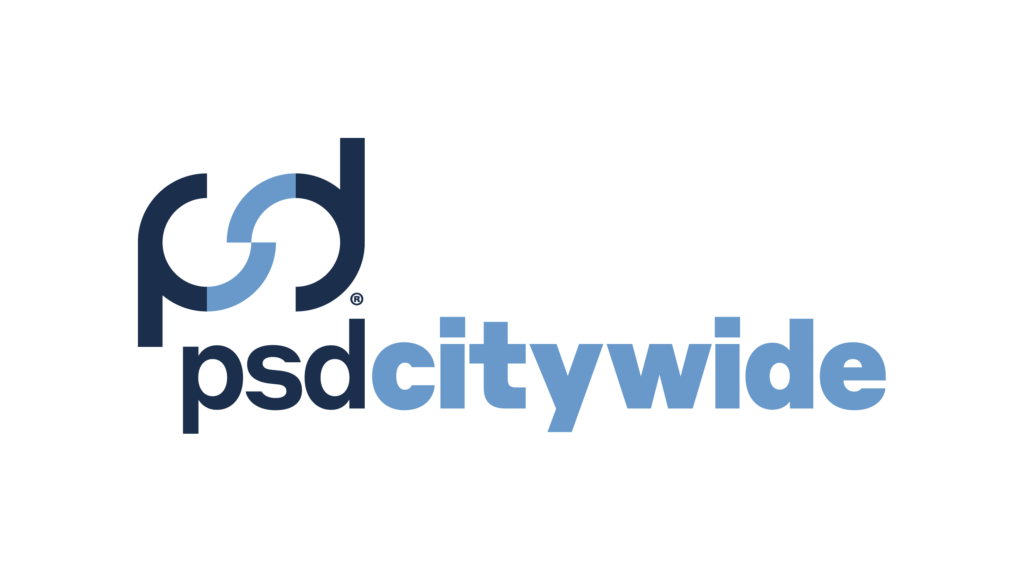Utilities allocate high budgets to investigate and control inflow and infiltration (I/I) in their collection systems. High I/I is a result of aging sewers and sometimes is caused by illegal storm sewer connections. Infiltration occurs when groundwater flows into sewer infrastructure through cracks and other defects and is the direct cause of flooding manholes and basement backups. High I/I hinders communities from expanding into new developments because of increasing flow and the potential sewage flooding.
Investigating and mitigating high I/I conditions could be costly since it requires extensive field investigation activities. Condition assessment programs include smoke and dye testing, manhole confined space entries, and closed-circuit television inspection (CCTV). These programs are usually applied to hundreds of kilometers per study. Often, these studies end with no conclusive reason for the high I/I when the cause of the high I/I is within the private property boundary.

Figure 1. Field investigation confirms that more than 65% of I/I sources are within the private property
HYDROLOGIC AND HYDRAULICS MODELS
Field investigation expenses can be reduced if a hydrologic/hydraulics model (h/h model) is used to identify the level of I/I and the potential cause. Using h/h models to quantify I/I has evolved over the years. In the 1990s, a simple unit hydrograph approach was used. Storm response was monitored and I/I hydrograph per one inch of rain relationship was established. Response to other storms was then calculated by peaking the unit hydrograph to the new storm. In the 2000s, the RTK approach evolved the unit hydrograph calculation to three stages of I/I responses; one to represent fast inflows, the second for delayed inflows, and the third to represent the slow infiltration.
In the 2010s, utilities shifted focus from large scale capital improvements such as tunnels and retention storage facilities to solving I/I problems at their source. This approach brings visible infrastructure improvements at the neighborhood level and creates local jobs. Mitigating I/I at the source involves lining public sewers, lining and replacing house lateral pipes, weeping tiles or foundation drains disconnection, and storm sump pump installation. Excess rainfall to the streets due to the I/I reduction is mitigated using green infrastructures.
The traditional modeling approach cannot support planning I/I reduction at the source because it calculates I/I as one response from the entire sewershed with no means for dis-aggregating the different I/I sources from one another. It does not explain where, why, or how much the I/I has generated at the upstream reaches. Because I/I reduction at the source is based on the reduction of both public and private sources of I/I, a new model approach is required to individually characterize the sources so various mitigation alternatives could be evaluated. Therefore, the sources need to be individually represented in the model to demonstrate the effectiveness of the different mitigation techniques.
MODEL AT THE SOURCE APPROACH
The Model at the Source Approach tracks the runoff area that is responsible for recharging the man-made trenches around the house, under the lateral sewer, and along the main public sewers. On the surface, it tracks rain water movement between the surface features, such as roofs, lawns, and streets. In the subsurface, the Model at the Source Approach tracks water movement through the soil and quantifies the perched groundwater built-up in the trenches. It takes into consideration the soil type, infiltration capacity, and percolation speed. Percolation is the movement of water downward through the soil until it reaches the bottom of the trench. The Approach also quantifies the subsurface groundwater interchange between the native non-disturbed soil and the disturbed soils of the man-made trenches.
Additionally, the Approach also considers the impact of the meteorological conditions, including evaporation and evapotranspiration. Evaporation varies with the temperature, wind speed, radiation, and humidity. Transpiration is dependent on the vegetative cover (trees versus grass) and its intensity. The bottom of the sanitary system is the point of reference, after which water is categorized as a deep infiltration to the strata below. The mathematical model approach then assumes a percentage of the perched water to leak into the collection system through system defects. Flow monitoring programs is then used to improve the understanding of the relationship between leakage level and timing of the wet weather response.

Figure 2. Surface and subsurface water movement and I/I Sources at the house level
QUANTIFY I/I SOURCES
GIS and digital data are used to track and manage contributing areas to each I/I source. For example, using building layers, a four- to six-foot buffer can be identified around the perimeter of a house to calculate rain water volume that could percolate to the foundation. If the house downspouts are not routed to the street, the roof area of the house may be contributing I/I into the sewer system via the weeping tiles or direct connection to the lateral pipe. A decision to include the water from the roof area in the house buffer I/I calculation can be determined with a windshield survey to check configuration of roof downspouts. Then GIS can be used to quantify the footprint of the houses contributing runoff to the weeping tiles.

Figure 3. GIS and digital data can be used to identify runoff areas to each I/I source
Lateral pipe and sewer main I/I is represented by a buffer area above the pipes under pervious surface conditions. Backfills and soil disturbance affect water percolation in each man-made trench. Usually, the soil around the lateral is less permeable, and therefore, may be less likely to convey water to the bottom of the trench when compared to backfill around the house foundation. The leakiness of the lateral and mains is secondary compared to the weeping tiles or house foundation trenches.4 Co-located trenches are a result of storm and sanitary sewers running parallel, within a few feet of each other. Amount of I/I is based on the area of interaction but may vary based on the separation between the storm and sanitary sewers.
APPLICATION OF THE MODEL
The model approach simplifies the calibration process, since it is based on physical data. It accounts for antecedent moisture conditions, impact of back-to-back storms, seasonal changes in temperature, and other meteorological conditions.
Flow predictions generated by the model usually match historic flow monitoring data at high quality.4 Over the last five years, models for more than 500 metered-basins were generated for communities, such as the Region of York-ON, Buffalo-NY, Columbus-OH, Indianapolis-IN, Washington DC, and others. Response to most storm events was within 20 percent for most meters with minimal calibration required.

Figure 4. Model at the Source Approach provides high quality flow prediction (blue) compared to monitored data (red) and splits the I/I sources
The high model quality in predicting flow to any storm gives confidence in the results from long-term simulation using historical rainfall data. This allows the prediction of the recurrence of high flow levels and to reveal the level of service that the current system provides. The simulation also provides a split of the I/I contribution from the different upstream I/I sources. The Model at the Source Approach can be used to evaluate varying levels of I/I reduction by practice, location, and effectiveness. The model can identify areas of the community that have high I/I rates or high numbers of potential water in basement or manhole flooding occurrences. These can be the focal points of alternative development aimed at meeting target level of service. The Approach can then focus the field investigation activities to reduce the high cost of condition assessment and field activities.
I/I reduction technologies can include sewer lining and routing water away from building foundations via downspout redirection and sump pumps. The model can be used as a tool to assist in determining the quantity of storm water removed by downspout and sump pump disconnection. The increase in surface water from disconnecting downspouts and sump pumps could cause additional street flooding. The model platform can then be used to site and size green infrastructure technologies to mitigate the street flooding.

Figure 5. Model at the Source provides platform to study and mitigate additional surface flow flooding resulting from I/I reduction activities
ARCADIS is a leading global Design & Consultancy firm for natural and built assets. Applying deep market sector insights and collective design, consultancy, engineering, project and management services, Arcadis works in partnership with clients to deliver exceptional and sustainable outcomes throughout the lifecycle of their natural and built assets.



